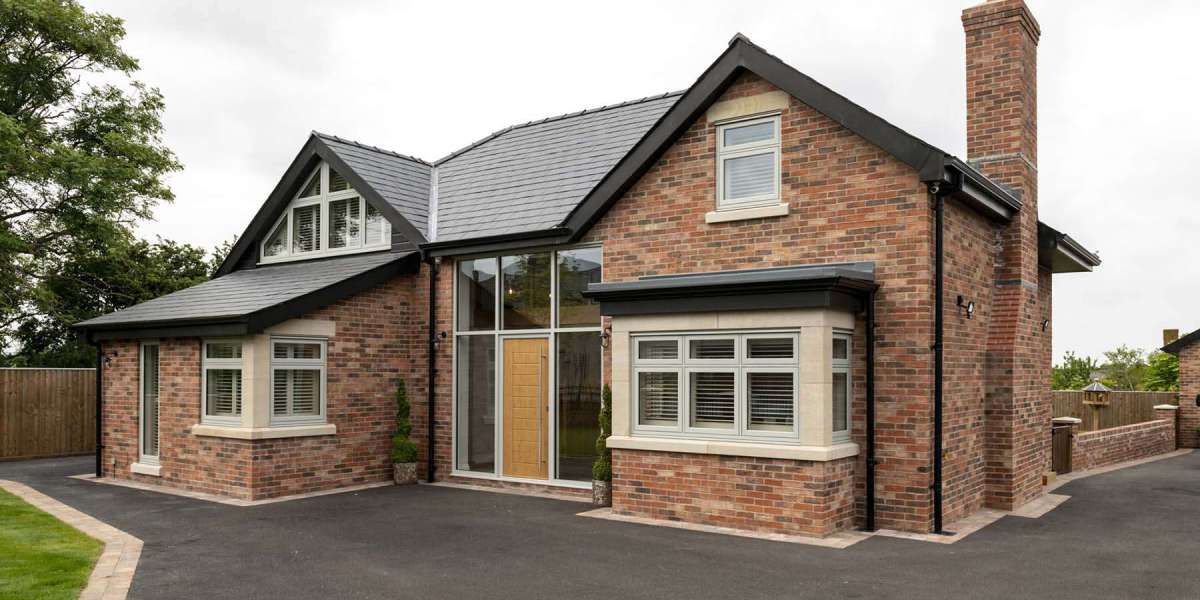The Complete Guide to Broken Door Repair: A Step-by-Step Approach
Doors are an integral part of any structure, providing security, privacy, and aesthetic appeal. However, they can deal with numerous difficulties, from wear and tear to accidental damage. A broken door can present a substantial hassle and, if not attended to without delay, might lead to more structural concerns or security threats. This helpful article will check out typical kinds of door damage, the tools and techniques needed for repairs, and ideas for successful restoration.
Common Types of Door Damage
Understanding the nature of the damage is the primary step in dealing with a broken door. Here are some common types of door damage that homeowners and property supervisors might encounter:
Hinges and Hardware Issues
- Loose, rusted, or damaged hinges can trigger doors to droop, making them hard to open or close.
- Misaligned strike plates can avoid the lock from engaging.
Surface area Damages
- Scratches, dents, or chips in the surface finish can mar the look of a door.
- Rot or water damage often takes place on wooden doors left exposed to wetness without proper sealing.
Frame Damage
- Worn-out door frames can result in spaces and misalignment, which can compromise security.
- Termite damage can damage structural stability, requiring repairs or replacements.
Lock and Latch Malfunctions
- Broken locks or latches can develop security vulnerabilities.
- Damaged keys or malfunctioning door manages can hamper regular operation.
Tools and Materials Needed for Door Repair
A successful door repair job requires the right tools and products. Below is a list of essential items that can help assist in the repair process:
Basic Tools
- Screwdrivers: Both flathead and Phillips for removing and tightening up screws.
- Hammer: For lining up hinges or driving in nails.
- Drill: For creating holes for screws or anchors.
- Chisel: Useful for changing door frames or lock cuts.
- Level: To make sure proper positioning when re-installing the door.
Materials
- Wood Putty: For filling in scratches or dents on a wooden door.
- Wood Glue: To repair broken wood joints.
- Sandpaper: Helps in smoothing surfaces before painting or completing.
- Paint or Stain: Used to bring back look after repairs.
- Replacement Hardware: Includes new hinges, locks, or latches when repairs are needed.
Actions to Repair a Broken Door
Repairing a door requires cautious evaluation and systematic execution. Here is a detailed guide on how to repair different types of door damage:
1. Examine the Damage
Take a thorough take a look at the door RepairMyWindowsAndDoors to determine locations that require repair. Figure out whether the damage is cosmetic (scratches, surface dents) or structural (frame concerns, hardware damage).
2. Tighten Up or Replace Hardware
- Align Hinges: If the door is drooping, check and tighten the hinges. Utilizing a level, adjust until the door hangs equally.
- Replace Hardware: If hinges or locks are rusted or damaged, remove and replace them.
3. Repair Surface Damage
For minor scratches and dents:
- Use wood putty to complete deep scratches or holes.
- Permit the putty to dry, then sand it smooth with great sandpaper.
- Apply paint or stain to match the remainder of the door.
4. Fix Door Frames
If the door frame is damaged:
- Use a sculpt to remove rotten or damaged parts.
- Replace with brand-new wood, ensuring it is firmly attached.
- Repaint or stain the frame to restore its look.
5. Address Lock or Latch Issues
For issues with locks or locks:
- Check for misalignment and tighten up any screws.
- If locks are broken, remove them and replace with brand-new locks, making sure proper installation for security.
6. Check the Door
After repairs, test the door to ensure it opens, closes, and latches properly. Adjust hinges or hardware as required.

Preventive Maintenance Tips
To minimize future door damage, think about the following preventive measures:
- Regular Inspections: Periodically inspect the hinges, locks, and frame for indications of wear.
- Weatherproofing: Seal doors to protect against wetness, particularly if they are exterior doors.
- Proper Use: Educate all users about correct door managing to avoid undue stress on hinges and locks.
FAQs about Broken Door Repairs
Q: How much does it normally cost to repair a broken door?A: The cost can differ substantially based on the type of damage. Small repairs might cost ₤ 50 to ₤ 100, while comprehensive repairs or replacements might vary from ₤ 200 to ₤ 500 or more. Q: When ought to I consider changing a door instead of repairing it?A: If the door is significantly damaged (e.g., substantial rot, broken frame)or if it visible damage on the surface area, or problems with locks and locks. In conclusion, repairing a broken door might seem intimidating in the beginning, however with the right understanding, tools, and techniques, it can be a workable task. By understanding the kinds of damage, following organized repair steps, and taking preventive procedures, property owners can preserve their doors'functionality and visual appeal for many years to come.
's causing security concerns, replacement may be more cost-effective and more secure in the long run. Q: Can I repair a broken door myself?A: Yes, many door repairs can be done by property owners with fundamental tools and some DIY understanding. Nevertheless, for significant damage or complex issues
, hiring a professional may be advisable. Q: What are some typical signs that my door requires repair?A: Common indicators include difficulty opening or closing, gaps in between the door and the frame,






